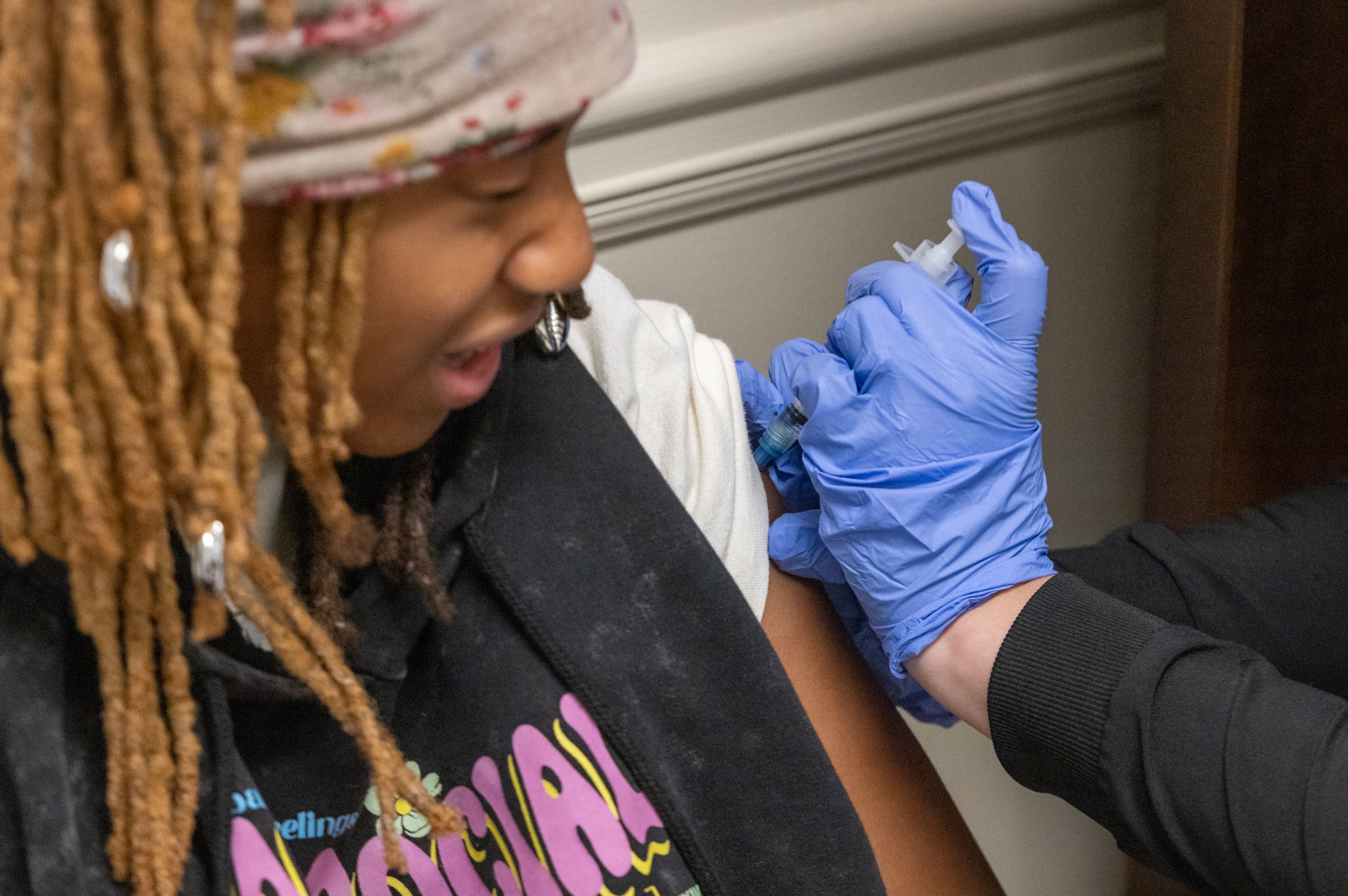Georgia State University’s $3 million safety plan: Lights, cameras, paths

Georgia State University’s safety plan includes more lights with artificial intelligence capabilities, cameras and a 1.5-mile designated route for students to securely walk through the downtown Atlanta campus.
Officials said they’ve been working on security updates since the spring, when a weekend of stunt driving and shootings rattled students and parents.
The university detailed some of the planned measures in recent days after four people, including two students, were shot in the early morning of Oct. 29 at the intersection of John Wesley Dobbs Avenue and Courtland Street. Officials said that the students wounded were not the intended targets.
Authorities said one of the victims, a 19-year-old woman who was not a student, died a week later from her injuries. The other three individuals had non-life-threatening injuries, according to authorities.
University officials have been tested by safety issues before. In late 2022, a student was fatally shot at the RaceTrac gas station on Piedmont Avenue, near campus. Police determined it was a “targeted incident.”

What’s been done so far?
Georgia State officials said they’ve already taken several steps to improve campus safety, including expanding campus shuttle services to provide more late-night coverage to line up with the hours of operation for campus facilities.
At the start of the fall semester, the university also began requiring a school-issued identification badge to enter buildings on the Atlanta campus after 8 p.m. The university also added more shifts for security personnel.
The school changed out several hundred light fixtures and added cameras, mirrors and other safety measures to parking decks.

What’s the GSU Blue Line?
A Georgia State review of incidents found there’s two times more crime along the Atlanta campus’s periphery, which is bordered by several MARTA stations and off-campus housing complexes, than in the heart of campus, said Jared Abramson, the university’s chief operating officer, during a recent town hall discussion on safety.
“If we can drive activity to the center of the campus, we can control it a little bit better,” he said.
The university wants to define the campus by creating the “GSU Blue Line.” Similar in concept to the Atlanta Beltline, the pathway will outline the campus and provide branding so students recognize when they’re on campus and off.
Along that 1.5-mile route, the university will install graphics, signs and branded logos on the sidewalks and walking paths, officials said.
Talks also are underway with the city of Atlanta to transition a portion of Gilmer Street adjacent to Hurt Park into a pedestrian-only plaza “where people want to be,” Abramson said. In August, the Georgia Board of Regents approved the $33.9 million purchase of an 18-story office tower at 100 Edgewood Ave. NE, across from the park.

What about lights and cameras?
The university plans to add “smart lighting” fixtures with artificial intelligence capabilities. The lights use video surveillance and AI technology. The technology can identify if something is out of place or if small groups are turning into unwieldy crowds, Abramson said. The lights will go along John Wesley Dobbs and Piedmont avenues toward the housing corridor.
To help students navigate campus, Georgia State plans to install wayfinding kiosks with information about well-lit routes through campus. The kiosks will go in the housing corridor and in other high-traffic areas, such as Woodruff Park.
A couple of dozen cameras will also be installed along the perimeter of campus and elsewhere. The university is also adding emergency call boxes.
How much will it cost?
The safety updates — such as lights, cameras, call boxes, card swipe-access doors, fences and other equipment — are expected to cost about $3 million, officials said Tuesday.
That doesn’t include personnel costs, such as overtime pay for security staffers.
How long will it take to finish the safety updates?
Georgia State said it’s working now to install the AI-technology light systems and kiosks.
Some of the call boxes are already installed and more are being added.
The school is working with a consultant to design the GSU Blue Line. The university expects to mark out the exact route of that pathway with new signs by spring 2024.



